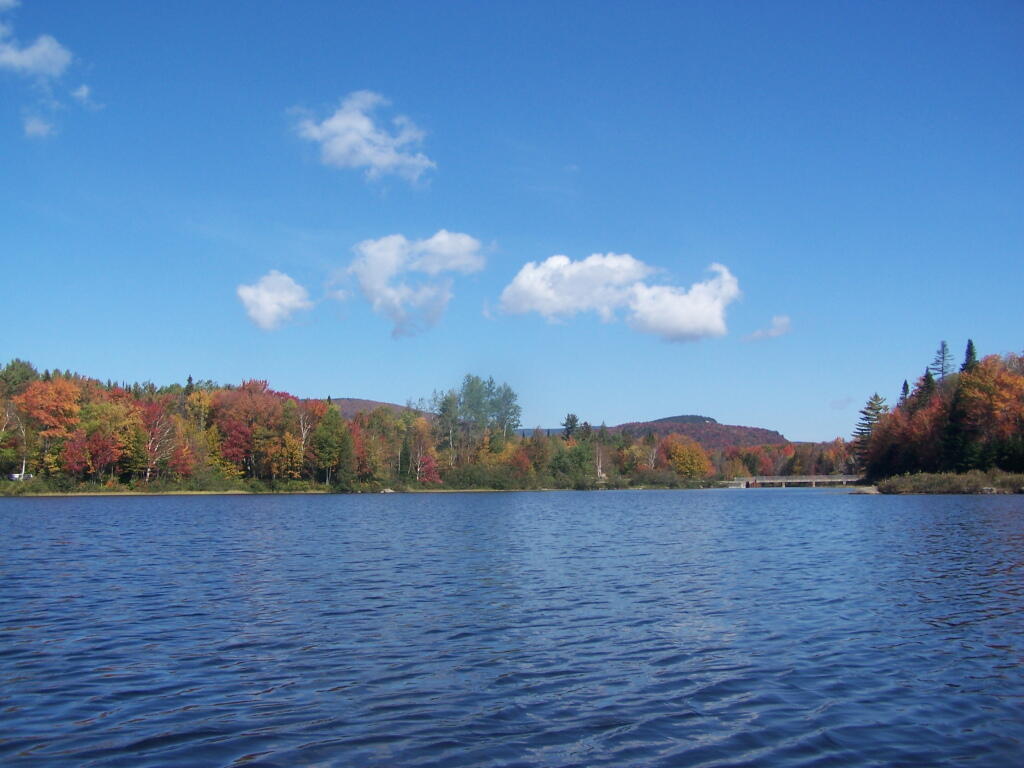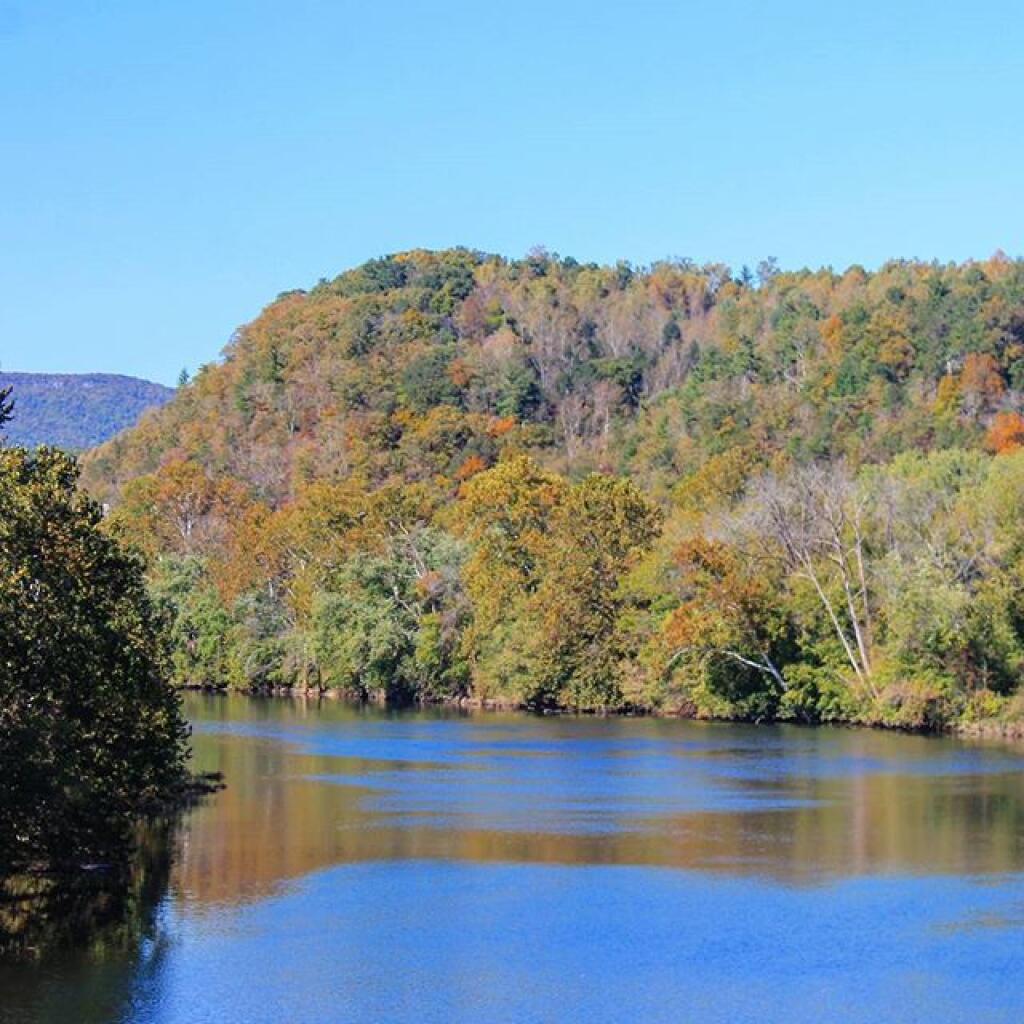The Great Appalachian Storm of 1950 – New England Historical Society
The Great Appalachian Storm of 1950 – New England Historical Society
The National Oceanic and Atmospheric Administration called the Appalachian storm one of the most ‘meteorologically unique’ storms ever because it produced both record high and record low temperatures. At 6:30 pm on November 25, snow battered Pittsburgh and temperatures fell to 9 degrees. But in Buffalo, 200 miles away, temperatures reached a balmy 54 degrees.
As a result, the Appalachian Storm was called ‘perhaps the greatest combination of extreme atmospheric elements ever seen in the eastern United States.’
The monster storm formed on Nov. 24 as an extratropical cyclone in southeast North Carolina. It brought warm Atlantic air northwestward even as an Arctic front moved to the southeast through Ohio. The storm caused high winds, heavy rains and coastal flooding from Maine to Florida.
It stretched as far west as Ohio. Blizzards struck the western slopes of the Appalachians, dumping the most snow ever on the mountainsides.
One of the oddest features of the storm was that it moved from east to west. But more than 99 percent of cyclones move the other way — from west to east.
The storm blanketed Ohio – including Columbus, where Ohio State and the University of Michigan played their annual game despite the weather.


